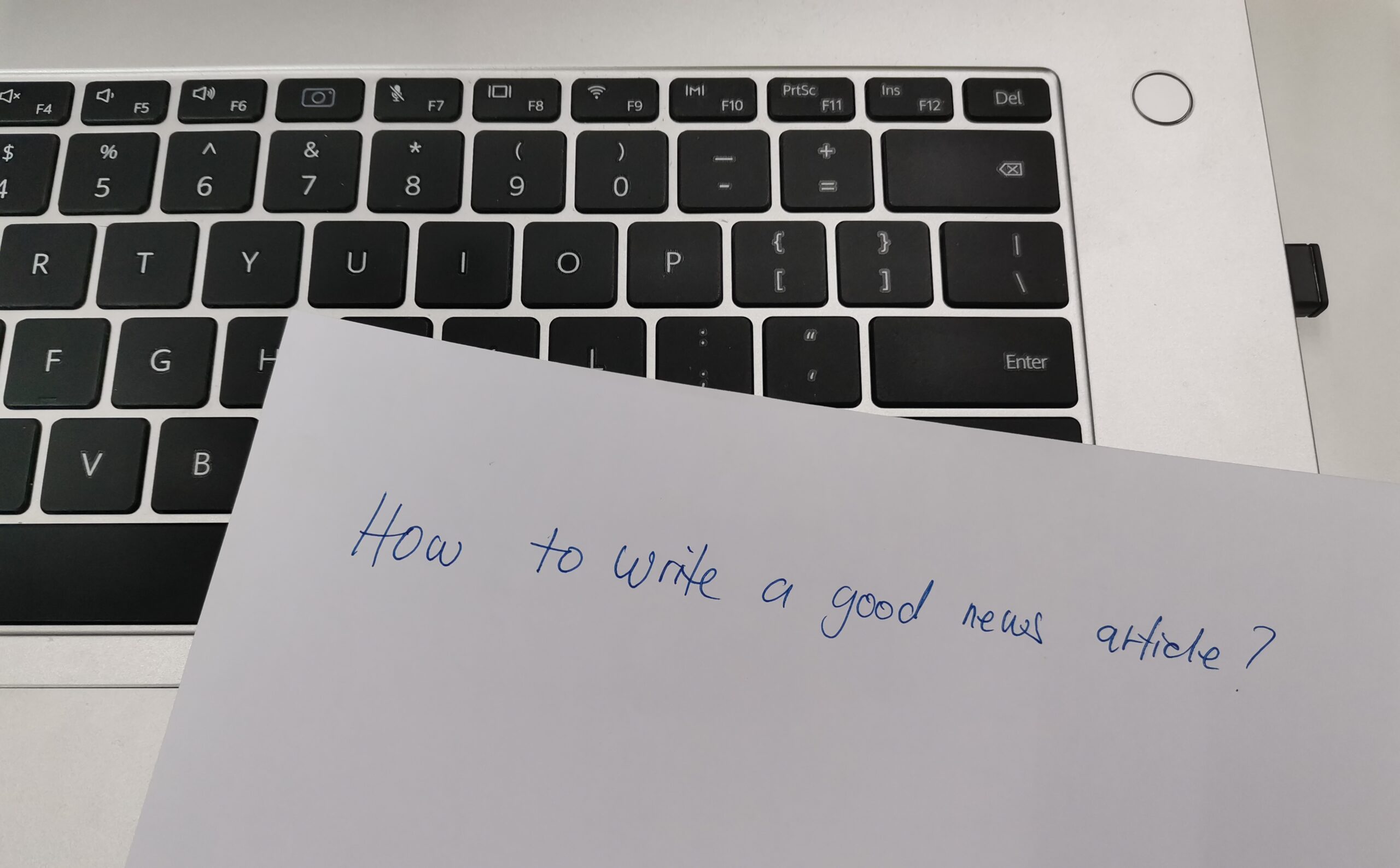How to Write a Good News Article

- News serves as a crucial channel for disseminating societal information, and press releases act as vital sources for media coverage, essential to attracting the attention of journalists. In this era of information explosion, numerous press releases vie for media coverage opportunities daily. To stand out, it is essential to master the art of writing a press release that captivates journalists. In this article, we will delve into ten golden steps that will help you become a successful press release writer!
Step 1: Select a Newsworthy Topic
- A successful press release must be based on a topic that is newsworthy. Journalists usually focus on the following types of topics:
- Breaking News: Accidents, natural disasters, and other sudden events hold significant news value.
- Social Hotspots: Issues concerning society, politics, economy, culture, and more garner widespread attention from journalists.
- Human Interest Stories: Stories about individuals or groups that involve success, achievements, challenges, or adversity often attract attention.
- Exclusive Reports: Offering unique information or perspectives with exclusive news value also entices journalists.
- Ensure your chosen topic possesses these characteristics to increase its appeal to journalists.
Step 2: Harness the Power of an Accurate Headline
- An attention-grabbing headline is the first step in attracting journalists to read your press release. The headline should be concise, accurately summarize the core content of the press release, and pique readers' interest. Avoid using exaggerated or misleading language; stay authentic and objective; and steer clear of biased expressions.
Step 3: State the Key Points at the Beginning
In the opening paragraph of your press release, concisely answer the who, what, when, where, why, and how questions—the five W’s of news. Journalists prefer to receive the most crucial information upfront, so ensure the first paragraph provides a comprehensive overview of the event.
Step 4: Elaborate on Details and Facts
In the body of the press release, expand on detailed information and facts that support the key points mentioned in the opening. Use clear and concise language, avoiding excessive jargon or technical terms, to ensure reader comprehension. Moreover, follow the inverted pyramid structure, placing the most critical information at the beginning and gradually diving into details and background information.
Step 5: Quote Authoritative Voices
To enhance the credibility of your press release, incorporating quotes from authoritative figures is crucial. These could be relevant stakeholders, experts, witnesses, or reputable organizations providing their perspectives. Journalists often seek multiple sources of evidence to support the authenticity and significance of an event.
Step 6: Balance Reporting Perspectives
A stellar press release should be objective and balanced rather than one-sided. Strive to cover multiple perspectives, presenting the event from different angles. This not only boosts the credibility of your report but also allows readers to form a more comprehensive understanding.
Step 7: Tailor Press Releases for Different Media Outlets
Different media outlets cater to diverse audiences and have varying reporting styles. When writing a press release, customize it according to each media outlet. Adjust the focus of your headline and content to suit their style and reporting needs. For instance, provide more detailed information for newspapers and magazines and emphasize visuals and multimedia content for TV and online media.
Step 8: Report from Multiple Angles
Most events have various aspects and angles to explore. To make your press release more compelling and newsworthy, attempt to report from multiple angles. For instance, in the case of a breaking event, apart from describing the event itself, explore its impact and developments, and even put it into a broader context.
Step 9: Emphasize Key Points in the Conclusion
In the conclusion of your press release, reiterate the key points of the event and provide contact information for journalists to inquire about or arrange interviews. You may also offer some background information or prospects for further developments to add long-term value to the news.
Step 10: Follow the Correct Formats and Styles
While writing a press release, ensure you follow the correct press release format and style. Most news agencies have their own specific requirements, including word limits, headline formats, and paragraph structures. Be sure to carefully read and adhere to these guidelines to increase the chances of your press release being picked up.
Writing a successful press release requires effort, but by mastering these ten golden steps, you’ll confidently navigate the challenges of the media landscape. Choosing newsworthy topics, crafting impactful headlines, stating key points upfront, providing detailed information, citing authoritative voices, offering balanced perspectives, tailoring press releases for different media outlets, reporting from multiple angles, emphasizing key points in the conclusion, and adhering to correct formats and styles are your valuable allies in crafting high-quality press releases.
As a media professional, continuous learning and improvement are crucial. With the ever-evolving social and media landscape, updating your knowledge and skills, staying adaptable, and meeting the demands of the media world are key to enhancing the quality and popularity of your press releases.

